Ms. Oanh, manager of a fruit shop on Nguyen Huu Canh Street (District 1), said that in the past two weeks, all of the imported Korean ginseng peony grapes were sold out within a few days of opening. The shop does not sell by kilogram but divides them into bunches for customers to choose from.
"Each bunch costs 500,000 VND. However, this price is still more reasonable than many previous high-end grape varieties from Korea and Japan," she said.

Not only small retail stores, but also large distribution chains have recognized the appeal of this grape variety. Mr. Vo Thanh Loc, co-founder of Farmers' Market, said that each month this system consumes about 350-400 boxes of ginseng peony grapes, accounting for about 10% of the total amount of Korean grapes imported. Due to the limited import quantity, the selling price of grapes varies with each batch.
"Currently, a 700 gram bunch of grapes costs VND519,000, while a box of four bunches costs nearly VND2.1 million. Large bunches weighing 1-1.2 kg, which are more carefully selected, cost up to VND900,000," Mr. Loc added.
According to traders, the difference of this grape variety lies not only in the size of the fruit - an average diameter of 4-5 cm, weight of 18-25 grams - but also in its nutritional composition. The grapes are cultivated using special methods to absorb valuable nutrients, notably saponin - a compound found in ginseng.
According to the test results of the Agricultural Science Organization of Chungnam National University (Korea), the saponin content in this grape reaches 2.81 mg per gram, equivalent to the saponin essence in Korean ginseng.
Ginseng Peony Grapes were launched in 2023 after many years of research in Korea. They are harvested from November to March every year and are mainly grown in the Yeongcheon, Gimcheon, Sangju, Gyeongsan and Gyeongju regions of Gyeongbuk Province. These are areas with ideal climate and soil conditions, helping grapes grow with the highest quality.
However, due to limited production, this grape variety is mainly for the domestic market. Earlier this year, due to increased demand from high-end customers in Vietnam, some units imported it at prices ranging from 600,000 to 700,000 VND per kilogram, to sell to customers.
Businesses say each crate of grapes is equipped with a QR code for consumers to check the origin and ensure the product is genuine. When choosing to buy, customers should pay attention to bunches of grapes with shiny, juicy skin, avoiding crushed or damaged grapes to ensure the best experience.
According to customs, last year Vietnam spent 162 million USD to import grapes from many countries, up 2% compared to 2023. Grapes were the third most imported fruit to Vietnam last year after apples and pistachios. Currently, South Korea is the 6th largest market for fruit and vegetable exports to Vietnam. In the first 2 months of the year, Vietnam spent more than 9 million USD to import fruits and vegetables from this country, down 6% compared to the same period last year. The reason is that many agricultural products are at the end of the season, so the output has decreased.
Source: https://baoquangninh.vn/nua-trieu-dong-chum-nho-mau-don-nhan-sam-han-quoc-3350577.html


![[Photo] Prime Minister Pham Minh Chinh chairs meeting after US announces reciprocal tariffs](https://vstatic.vietnam.vn/vietnam/resource/IMAGE/2025/4/3/ee90a2786c0a45d7868de039cef4a712)
![[Photo] Moment of love: Myanmar people are moved to thank Vietnamese soldiers](https://vstatic.vietnam.vn/vietnam/resource/IMAGE/2025/4/3/9b2e07196eb14aa5aacb1bc9e067ae6f)


![[Photo] Special relics at the Vietnam Military History Museum associated with the heroic April 30th](https://vstatic.vietnam.vn/vietnam/resource/IMAGE/2025/4/3/a49d65b17b804e398de42bc2caba8368)
![[Photo] General Secretary To Lam receives Japanese Ambassador to Vietnam Ito Naoki](https://vstatic.vietnam.vn/vietnam/resource/IMAGE/2025/4/3/3a5d233bc09d4928ac9bfed97674be98)




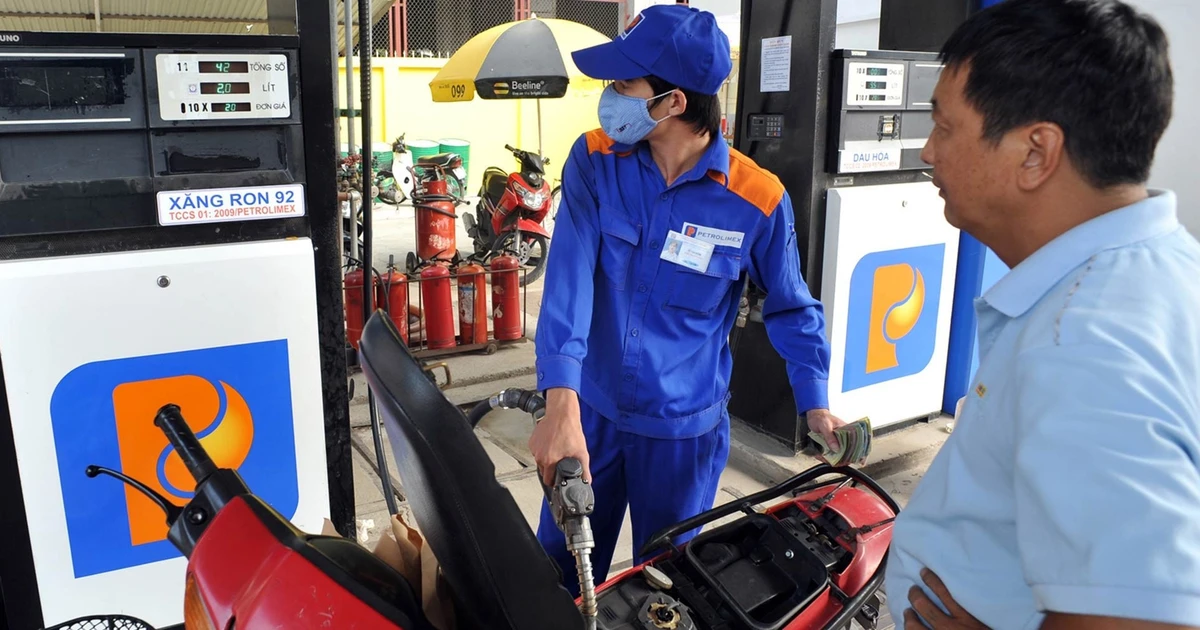






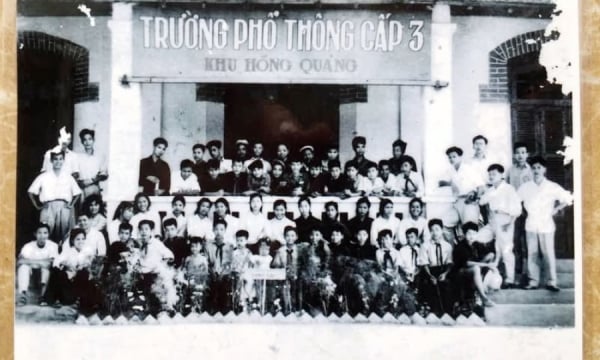







































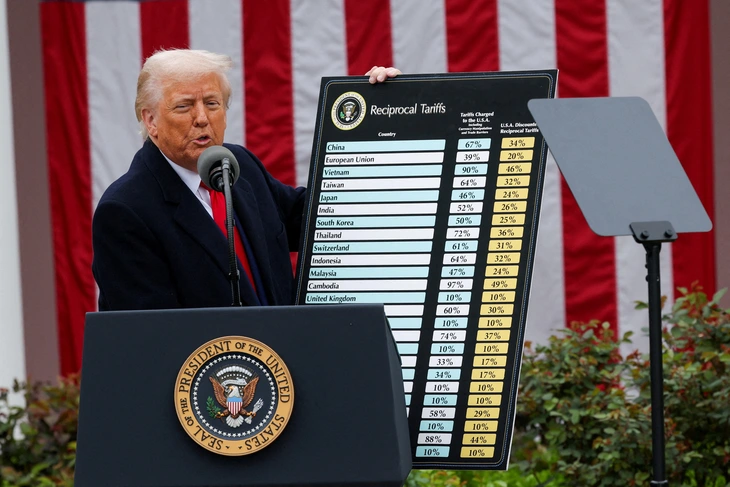





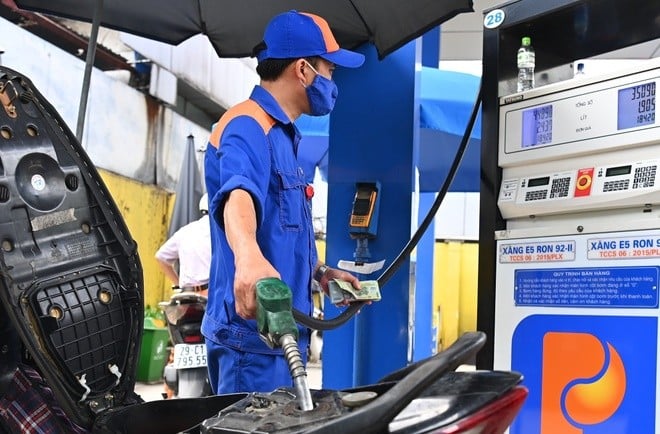

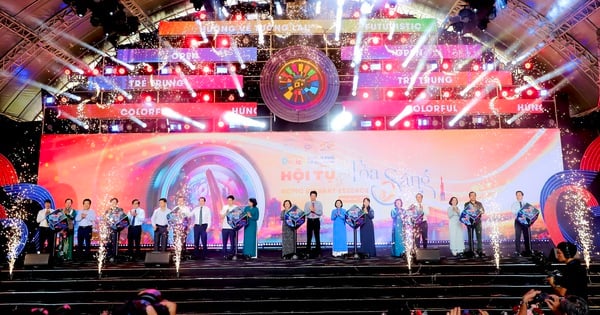

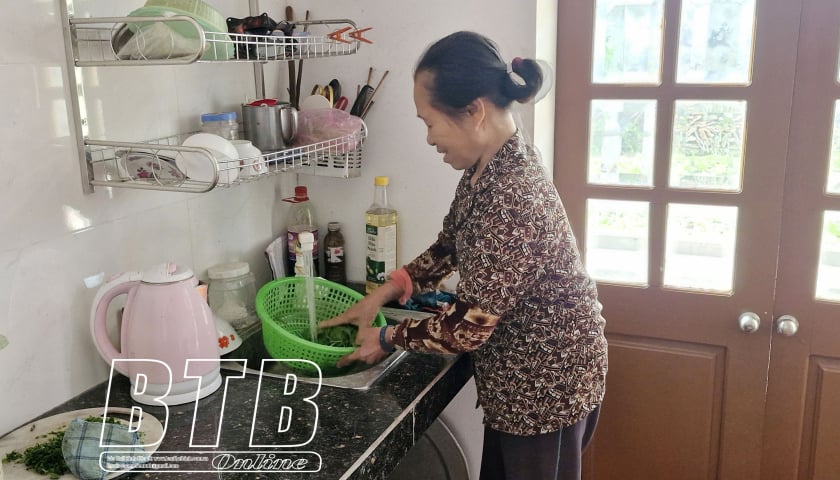


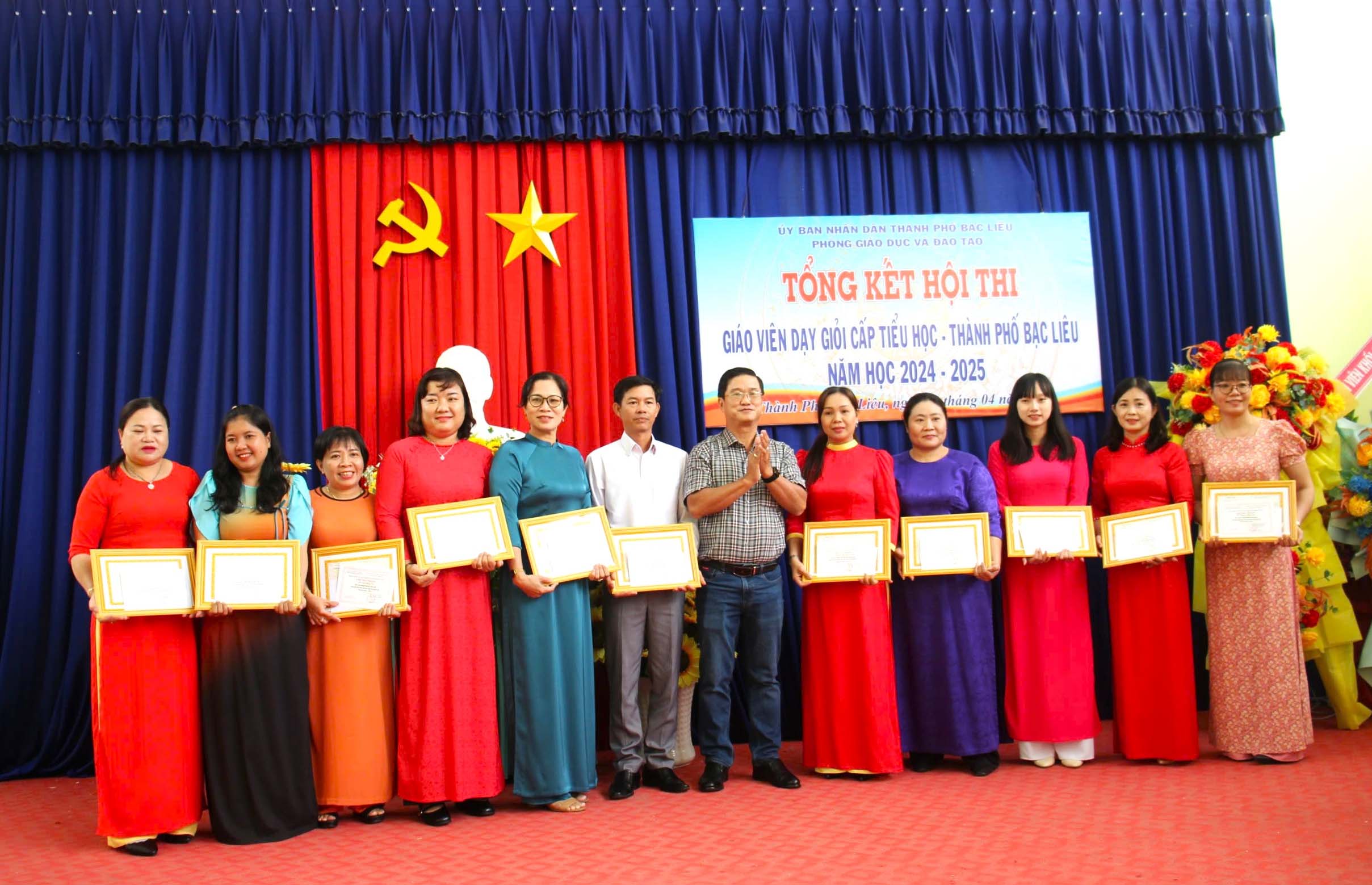













Comment (0)